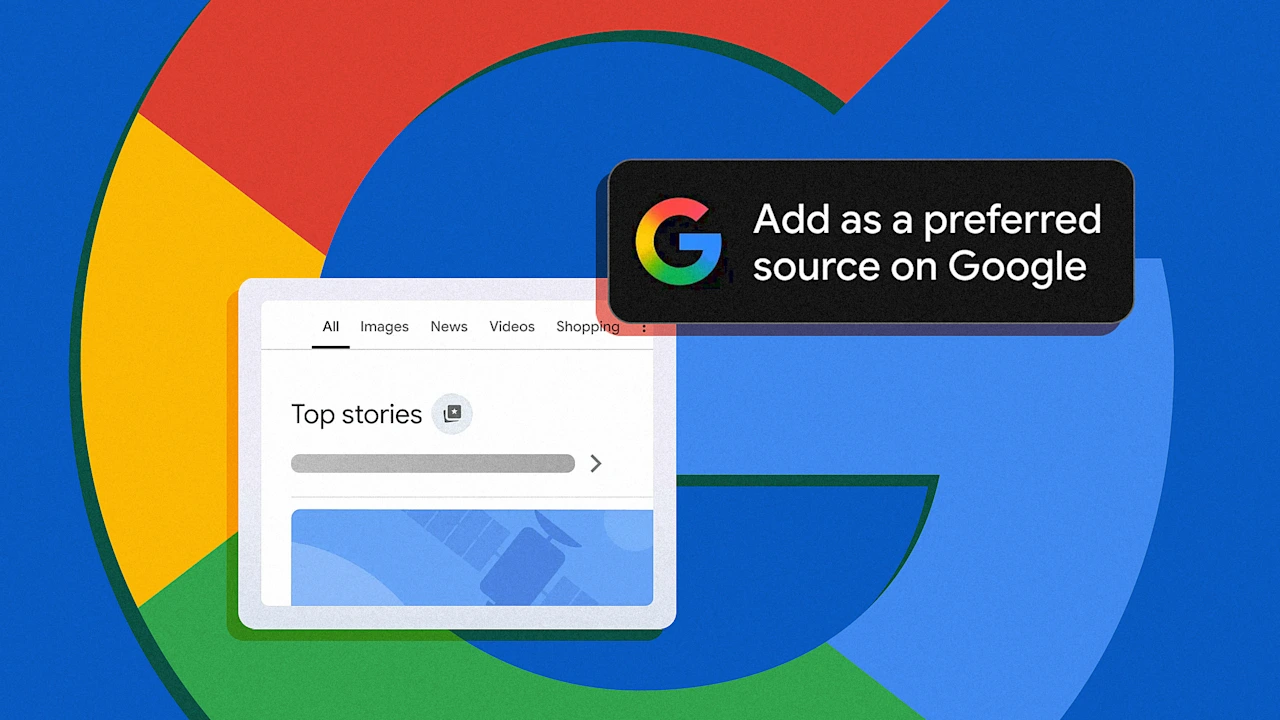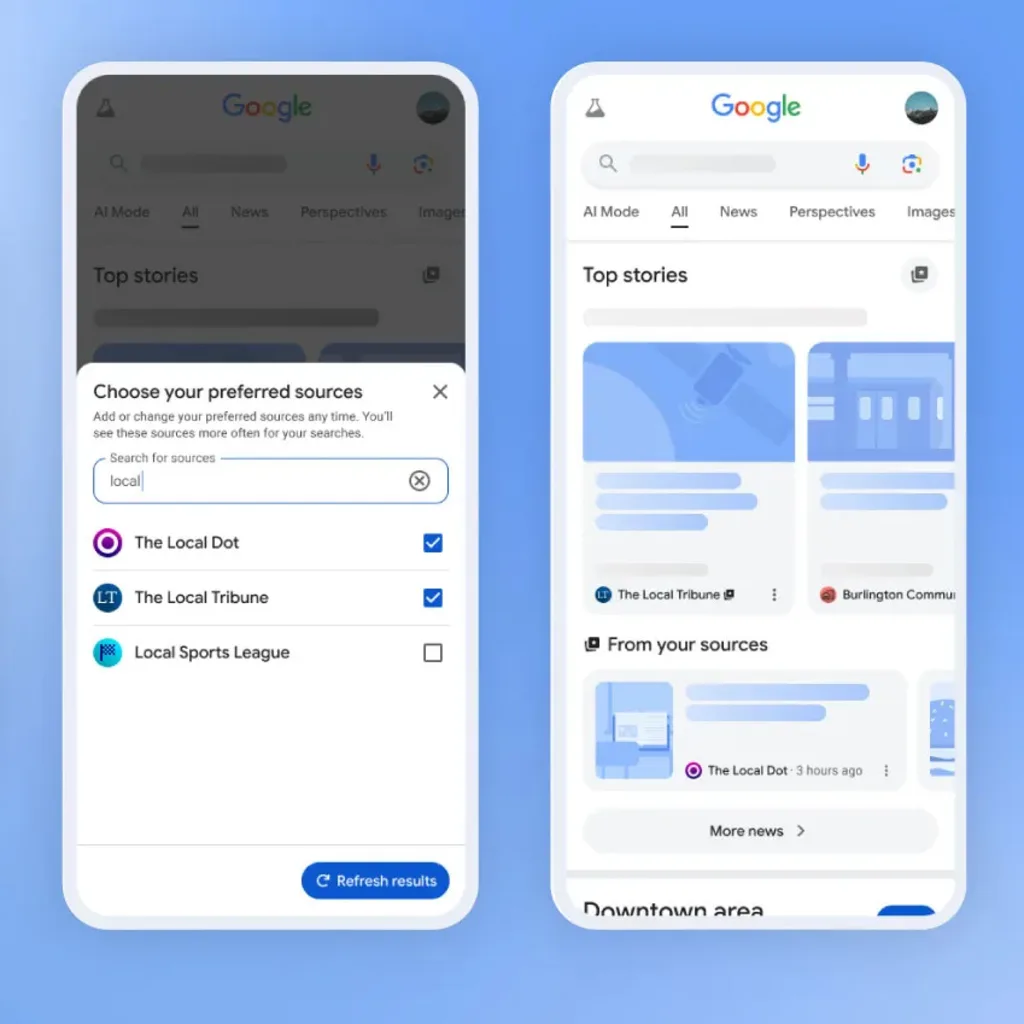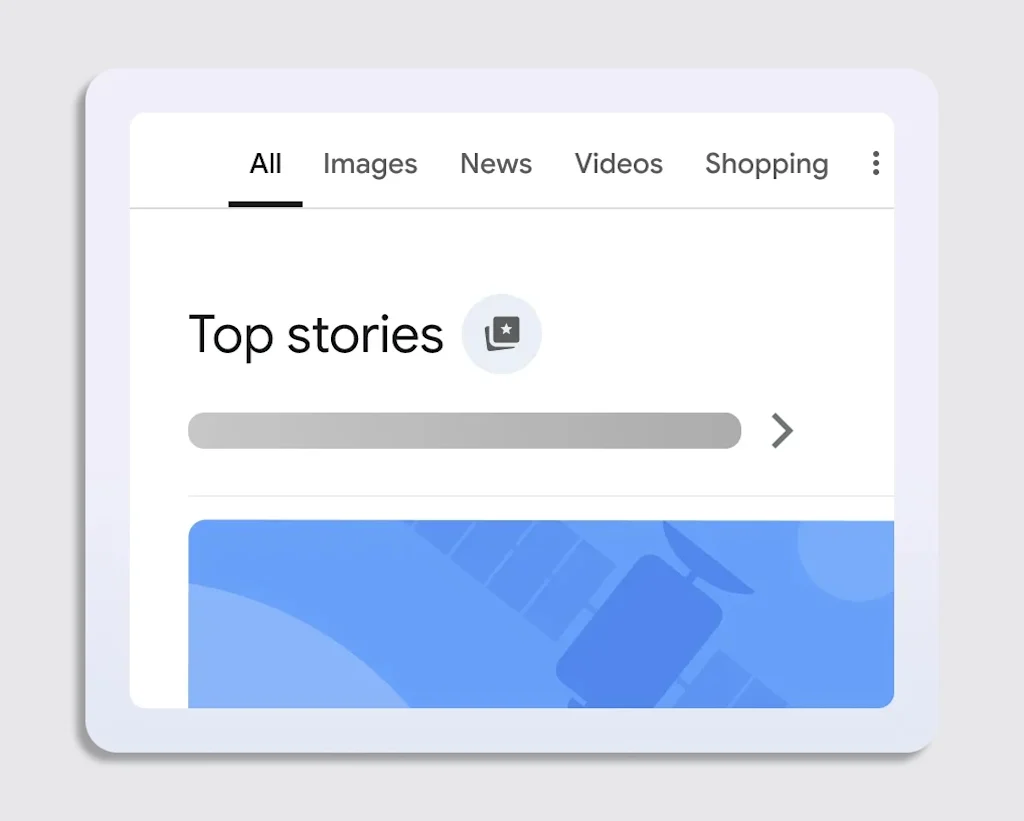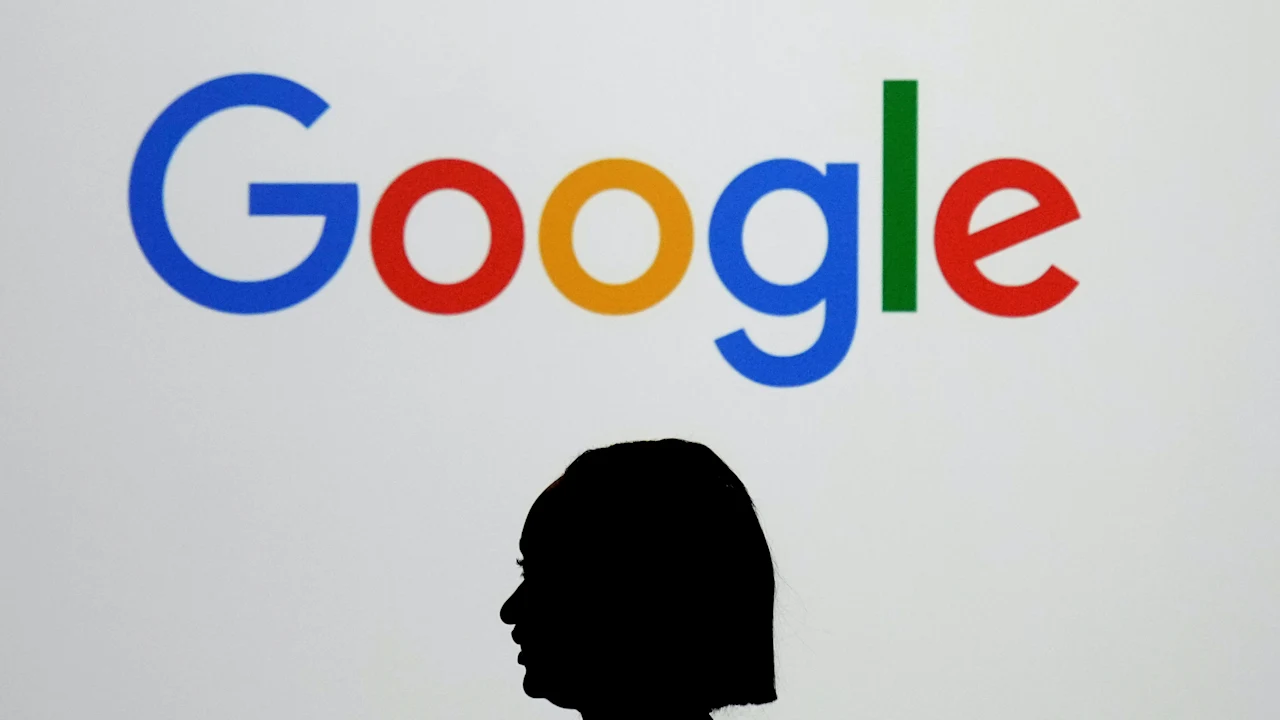This new Google feature will make searching a lot more personal, but a little less fun

Google Search is about to look a lot more personal.
Google recently began implementing a new search feature called “Preferred Sources.” With this add-on, users can select the news sources they want to see more of when they browse the web. After a new preference is set, displayed news items will be filtered by the user’s preferred organizations.
This new feature, alongside Google’s recent AI updates to its search engine, are beginning to change what it actually means to Google something. In many cases, the changes are making it faster, easier, and more personalized. In the process, though, searching is also trending toward a more siloed experience—one that’s less connected to an earlier ethos of exploration and discovery.

A new browsing experience
To try out “Preferred Sources,” users can start by searching a topic that’s in the news, navigating to the “Top Stories” section of the results, and clicking the small icon to the right of the section name. There, a dedicated search menu will present the option to select an unlimited number of publications or websites.
Once these sources are selected, they’ll appear more frequently in Top Stories or in a separate “From your sources” section on the search results page. Users will still be able to see content from other sites, and can change their source selections through the same process at any time. Google first tested Preferred Sources with a small group of users back in June—a trial that received “overwhelmingly positive feedback,” according to a Google spokesperson.
“[Users] really loved the ability to customize their experience in this way on Search,” the spokesperson said. “Labs users also really valued being able to select a range of sources—with over half of users choosing four or more.” Essentially, Preferred Sources means that users can have a lot more control over their top search results, rather than leaving those first picks up to Google’s algorithm.
While it remains to be seen how this feature will be used more broadly, it seems likely that it will make the Google experience quicker and more enjoyable for some users, while also removing some of the exploration that was once inherent in the Googling process. When users are immediately served the sources they’ve already elected to see—written from a perspective that, most likely, they already agree with—they may not feel the need to browse any further and discover a source they wouldn’t have searched for themselves.

The trade-off of personalized search and AI Overviews
Preferred Sources comes as Google’s search function is already undergoing a significant transformation. Over the past few years, the company has been focused on building out its AI Overviews feature, a tool that creates AI-generated summaries (powered by Google’s Gemini model) that appear above traditional hyperlinks.
While AI Overviews include outbound links that help users follow its sourcing themselves, the tool primarily collates a succinct answer to users’ search questions. A July study by the Pew Research Center showed that these AI summaries actually make users less likely to click on links to other websites: Based on the research, which analyzed 900 U.S. adults who agreed to share their browsing history, “Users who encountered an AI summary clicked on a traditional search result link in 8% of all visits. Those who did not encounter an AI summary clicked on a search result nearly twice as often (15% of visits).”
Further, the study found, users are more likely to end their browsing session entirely after visiting a search page with an AI summary than on pages without a summary. The potential impact of AI Overviews on traffic to independent publishers is one main topic of an ongoing antitrust complaint that’s been filed against Google in the EU. And while the accuracy of AI Overviews summaries has improved since they first debuted (and told users to put glue on their pizza, among other absurd suggestions), some experts warn that its answers are still prone to mistakes.
In a blog post published on August 6, Liz Reid, Google’s VP and head of search, claimed that total organic click volume from Google Search to websites has been “relatively stable year-over-year,” though she did add that “user trends are shifting traffic to different sites, resulting in decreased traffic to some sites and increased traffic to others.”
Yet based on the Pew Research Center’s data, it appears that at least for some users AI Overviews are cutting short a process that used to involve a more purposeful browsing effort—the familiar cycle of clicking on a few links, falling into a Wikipedia rabbit hole, and learning something entirely new. With the addition of Preferred Sources, that browsing process may become even quicker for the users who choose to implement it.
To be fair, Google has rolled out new features that make AI searching a more exploratory process for topics like recipes and restaurants, travel, and shopping. “We know users love to browse and there’s a joy in discovery. . . . It’s not always about that instant answer,” Rhiannon Bell, VP of UX at Google, told Fast Company in October 2024.
Still, as the company works out the balance between discovery and instant answers, Google may be shifting toward more of a one-stop-shop search model rather than one that operates as a gateway to independent exploration.
What's Your Reaction?
 Like
0
Like
0
 Dislike
0
Dislike
0
 Love
0
Love
0
 Funny
0
Funny
0
 Angry
0
Angry
0
 Sad
0
Sad
0
 Wow
0
Wow
0

























































































